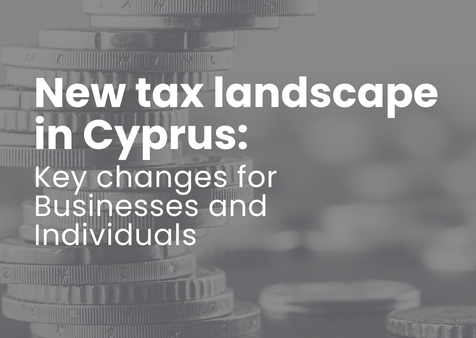The Covid-19 pandemic is having a catastrophic impact not only for global health but also for economies. It goes without saying that tax regimes and international tax practices could not stay unaffected from the drawbacks that this situation is causing.
Transfer pricing models seem to battle between the up to now used techniques and the changes that may be necessary to be applied due to the difficulties arising from the pandemic.
What is transfer pricing and what is the main tool in order to establish the price between associated enterprises located in different countries.
The price between related parties for any transaction should reflect pricing that would be agreed between independent parties and these are based on the arm’s length principle and bringing us to the importance of comparability analysis.
Under the OECD and the transfer pricing guidelines in order to apply the arm’s length principle it is essential to undertake a comparability analysis. The OECD makes references to consideration of economically relevant characteristics when undertaking comparability analysis and specifically identifies five comparability factors:
- Characteristics of property
- Functional analysis
- Contractual terms
- Economic circumstances
- Business strategies
Existing transfer pricing policies are now under pressure with any economic downturn.
The negative impact on the sales which adversely affects the companies and required by them to explain the low operating profits to tax authorities and how by using the five comparability factors will build acceptable transfer prices. Obviously business strategies change from one day to another according the course of the pandemic.
Transfer pricing models and guidelines may need to be adjusted to come in line with any commercially driven changes made to the global supply chain, and to ensure that they reflect any re-allocation of functions, assets and risks across the group. The companies need to make further review to check if the actual conditions are similar with previous transfer pricing policies and any contractual terms become critical in order to show how the actual versus economic allocations of functions assets and risks.
The contractual terms defining how the parties to a transaction are going to divide the risk and responsibilities between them. Rationally there are may be practical difficulties in obtaining the details of contractual terms from third parties how much now due to Covid-19.
Additionally, when there is an intragroup transaction, it may be preferable, at least form some period, to use instead of the CUP method and the Resale price method the cost plus method in order to simplify the procedure and to support the companies to reduce any losses, cash transfers and customs duties.
Due to the pandemic there may be a necessity for a new cross border financial support, and of course these arrangements will need to result in an arm’s length outcome regarding the interest rate that the associated parties are charged and should be considered that many jurisdictions have interest rates limitations that will need to be reconsidered and of course the withholding tax if any.
The OECD suggests some traditional transaction methods such as CUP, Resale price method and the cost plus and some transactional profit methods such as the Transactional net margin method and the profit split method. Obviously all these methods should be taken into consideration again and may need to be adjusted to align with the changes arises from the negative or positive impacts from Covid-19.
For taxpayers incurring losses or low profits for the year 2020, the tax authorities will analyze the TP practices applied where it is possible, challenging the allocation of extraordinary losses or arguing for higher profits allocation in the past or for future years in return for undertaking additional risk. Due to this APA (Advanced Pricing Agreements) will become a convenient instrument to mitigate Transfer Pricing Risks. However existing APA and rulings concluded during prosperous economic times may require to be renegotiated because of the changes in economic circumstances and those changes affect the critical assumptions underlying the agreement.
Concluding, the economic consequences of this pandemic may reach the limits of transfer pricing policies and many other cross border transactions, increasing the risks of double taxation and disputes. In this respect, an OECD guidance addressing the main issues in a uniform manner would be desirable.


